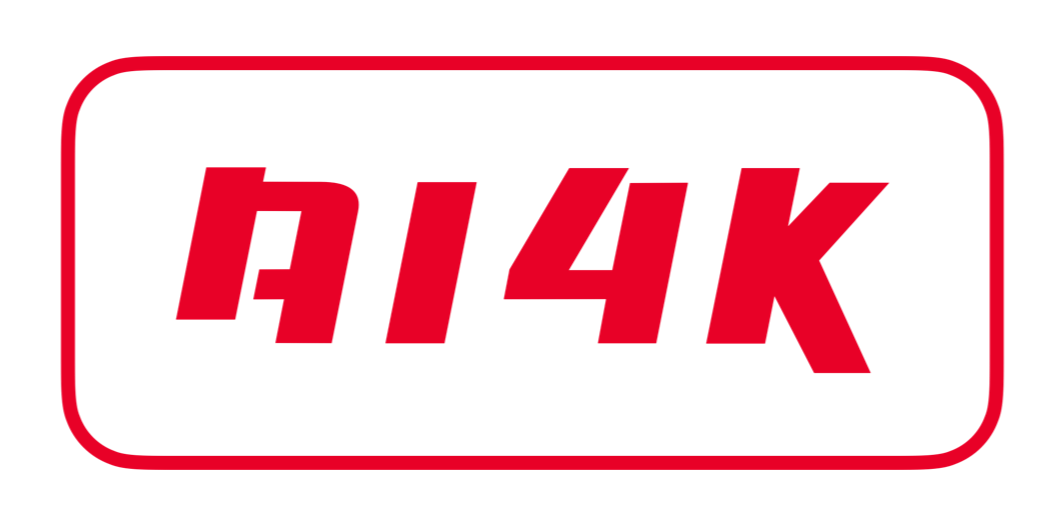Product creation for an eCommerce: Pain Points and Solutions
When diving into product creation for an eCommerce venture, users often encounter these significant pain points:
Product Idea Generation
Coming up with unique and in-demand product ideas that fill a gap in the market can be challenging. Identifying products that resonate with the target audience and stand out amidst competition requires thorough research and creativity.
Solution
Conduct thorough market research to identify gaps or emerging trends. Engage with target audiences through surveys or focus groups to gather insights. Analyze competitor products and customer feedback to inspire unique product ideas. Use AI tools like ChatGPT with Google Sheets to mass produce product titles and descriptions.
Prototype Development
Creating prototypes or samples of the product to test functionality, quality, and market fit can be time-consuming and costly. Balancing the need for a high-quality prototype with limited resources is a common challenge.
Solution
Utilize rapid prototyping methods or digital tools to create cost-effective prototypes. Consider crowdfunding or pre-orders to fund prototype development. Collaborate with manufacturers for small-scale production runs to test the product’s viability. Create a website like Basic4 to test you MVP (minimum viable product).
Sourcing and Manufacturing
Finding reliable suppliers or manufacturers, negotiating costs, ensuring product quality, and managing production timelines can pose significant challenges. Coordinating with suppliers and ensuring consistency in product quality is crucial.
Solution
Vet multiple suppliers or manufacturers to find reliable partners. Establish clear communication channels and quality standards. Consider diversifying suppliers to mitigate risks. Utilize online platforms or trade shows to connect with potential partners.
Packaging and Branding
Designing appealing packaging that reflects the brand’s identity and effectively protects the product during shipping is a concern. Developing a cohesive branding strategy that resonates with the target audience is also challenging.
Solution
Invest in professional design services for packaging that aligns with brand identity and protects the product. Focus on environmentally friendly packaging to appeal to eco-conscious consumers. Develop a strong brand story and messaging that resonates with the target audience.
Regulatory Compliance
Understanding and adhering to product regulations, safety standards, labeling requirements, and certifications can be complex and vary across different regions. Ensuring legal compliance throughout the product’s lifecycle is essential.
Solution
Seek expert advice or legal counsel to navigate product regulations and compliance standards. Stay updated on industry-specific regulations and certifications. Ensure thorough testing and documentation to meet safety and quality standards.
Inventory Management
Estimating demand accurately, managing inventory levels, and avoiding overstock or stockouts are common pain points. Balancing inventory costs with meeting customer demand while minimizing storage expenses is crucial for profitability.
Solution
Implement inventory management software to track and forecast demand accurately. Utilize just-in-time inventory strategies to minimize storage costs. Consider dropshipping or third-party logistics to manage inventory without significant upfront investment.
Shipping in eCommerce: Pain Points and Solutions
Shipping in eCommerce presents several challenges for users. Here are the key pain points they often face:
Cost Management
Balancing shipping costs while maintaining competitive pricing can be challenging. Users often struggle with finding cost-effective shipping solutions that don’t compromise profit margins.
Solution
Negotiate shipping rates with carriers based on shipping volumes. Offer free shipping thresholds or consider absorbing a portion of the shipping costs into product prices. Implement shipping calculators to provide accurate shipping quotes to customers.
Complexity in Shipping Options
Offering a variety of shipping options to cater to different customer preferences (e.g., express, standard, international) can be complex. Users might find it challenging to manage diverse shipping methods efficiently.
Solution
Utilize shipping management software that integrates multiple carriers, allowing users to offer various shipping options. Provide clear explanations of each shipping method’s benefits and limitations to customers.
Inventory and Order Fulfillment
Coordinating inventory across multiple locations and accurately fulfilling orders can pose difficulties. Users might encounter issues related to stock availability, order accuracy, and timely fulfillment.
Solution
Implement inventory management systems that sync in real-time across all sales channels. Utilize efficient order management software to streamline order processing, reducing errors in fulfillment. You can use a third party service for storage and order fulfillment like Printful, for example.
Shipping Time and Delays
Meeting customer expectations regarding shipping times can be a pain point. Users often grapple with unexpected delays due to logistical issues, carrier limitations, or seasonal demand spikes.
Solution
Set realistic delivery expectations and communicate them clearly to customers. Monitor shipping processes closely and proactively address issues that might cause delays. Consider diversifying carrier options to mitigate disruptions.
International Shipping and Customs
Dealing with international shipping regulations, customs procedures, duties, and taxes adds complexity. Users might face challenges in navigating these processes and ensuring a smooth international shipping experience for customers.
Solution
Partner with logistics experts or utilize shipping platforms that simplify international shipping processes. Provide transparent information to customers regarding potential customs duties and taxes. Ensure accurate customs documentation to expedite clearance.
Returns and Reverse Logistics
Managing returns, exchanges, and reverse logistics efficiently is crucial. Users might find it challenging to establish streamlined processes for handling returned items and issuing refunds or replacements promptly.
Solution
Establish clear and customer-friendly return policies. Simplify the returns process by offering prepaid return labels or integrating a hassle-free returns portal on the website. Streamline the process for inspecting returned items and issuing refunds or exchanges promptly.




